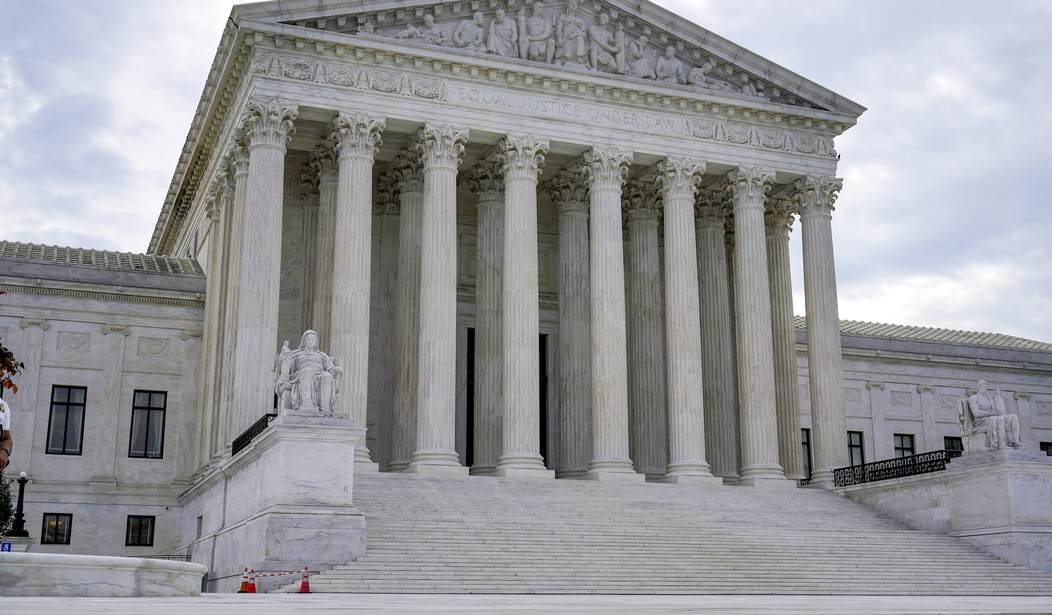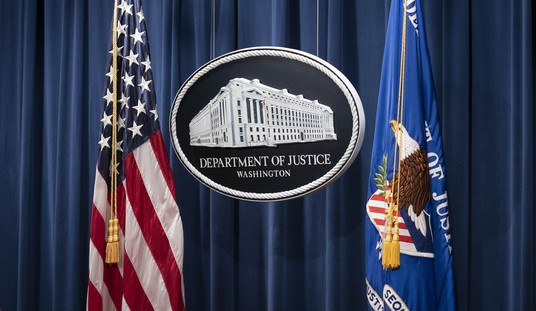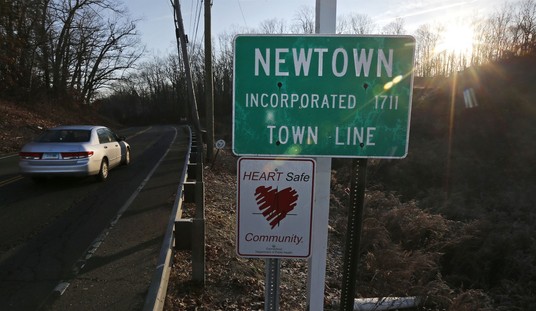On the surface, there aren’t a lot of similarities between the Biden administration’s vaccine mandate put on ice by the Supreme Court on Thursday and the New York City carry laws that SCOTUS is currently considering. Beyond the obvious difference between a vaccine and a firearm, one case revolves around an OSHA rule while the other is challenging a state law that turns the Second Amendment on its head.
Despite the differences, however, I think we might actually be able to glean a couple of things from Thursday’s ruling, starting with the fact that we had three separate opinions handed down. There was the majority opinion staying the enforcement of Biden’s mandate, but in addition to the dissent by the progressive wing of the court, we also saw a concurring opinion authored by Justice Neil Gorsuch and joined by Clarence Thomas and Samuel Alito that’s much stronger in its criticism of Biden’s attempted power grab than the per curium opinion released by the Court.
Both the majority and concurring opinions agree that the OSHA regulation goes way too far by introducing a workplace rule that extends beyond the workplace, but Gorsuch’s opinion brought home the threat to individual liberty posed by Biden’s vaccine mandate.
The question before us is not how to respond to the pandemic, but who holds the power to do so. The answer is clear: Under the law as it stands today, that power rests with the States and Congress, not OSHA. In saying this much, we do not impugn the intentions behind the agency’s mandate. Instead, we only discharge our duty to enforce the law’s demands when it comes to the question who may govern the lives of 84 million Americans. Respecting those demands may be trying in times of stress. But if this Court were to abide them only in more tranquil conditions, declarations of emergencies would never end and the liberties our Constitution’s separation of powers seeks to preserve would amount to little.
In other words, even in states of declared emergencies, our rights don’t shrivel up and shrink down to the size of a raisin.
Of course, for the progressive wing of the court, our rights must always take a back seat to the interests and desires of the state. I was talking with Mark Walters of Armed Armerican Radio on Thursday, and he made an excellent point about the dissenting opinion and how it relates to the Bruen case challenging New York’s carry laws. Read the opening paragraph of the dissent and replace “COVID-19” with “gun violence,” and you can see the line of argument that Breyer, Sotomayor, and Kagan are likely to take a few months from now.
Every day, COVID–19 poses grave dangers to the citizens of this country—and particularly, to its workers. The disease has by now killed almost 1 million Americans and hospitalized almost 4 million. It spreads by person-to-person contact in confined indoor spaces, so causes harm in nearly all workplace environments. And in those environments, more than any others, individuals have little control, and therefore little capacity to mitigate risk. COVID–19, in short, is a menace in work settings. The proof is all around us: Since the disease’s onset, most Americans have seen their workplaces transformed.
I don’t know about you, but I can easily see these same three justices proclaim that “every day gun violence poses grave dangers to the citizens of this country, and in particular those who live in densely populated urban areas,” which therefore justifies the extraordinary position taken by the state of New York; nobody has the right to bear arms in self-defense, and only those who can justify their “need” to do so can get permission from the state to carry a gun.
After seeing SCOTUS’s decision on Thursday, I still feel good about what the Bruen decision will say, but I will admit to being a little more concerned about the prospect of multiple opinions from the conservative wing of the Court. I hadn’t thought much about the idea of six justices agreeing on some basic fundamentals in striking down New York’s law, with the Thomas/Gorsuch/Alito wing offering up a concurring opinion that would go even further, but it’s definitely a possibility when the decision comes down later this year.








Join the conversation as a VIP Member